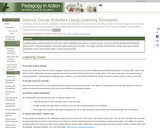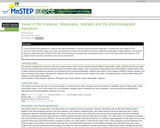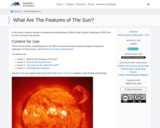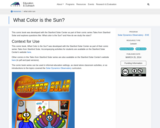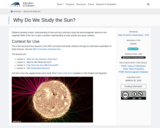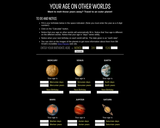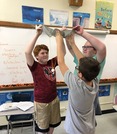
Lesson Length: 1-2 hoursGrade Level: 6-8Students learn about relationships between earth and space including elements of our solar system, gravity, escape velocity, and space exploration though a breakout box experience. They solve clues about space and conditions needed to support life on a planet and perform tests related to space travel. Clues for opening locks on the breakout box are purposefully challenging to simulate the struggle engineers often grapple with when problem solving.This material is based upon work supported by the National Science Foundation under Grant No. 1657263. Any opinions, findings, and conclusions or recommendations expressed in this material are those of the author(s) and do not necessarily reflect the views of the National Science Foundation.
- Subject:
- CTE
- Career Connections
- Cross-Curricular
- Earth and Space Systems
- Professional Learning
- STEM/STEAM
- Science
- Scientific and Engineering Practices
- Technology Education
- Trade and Industrial
- Material Type:
- Activity/Lab
- Interactive
- Lesson
- Lesson Plan
- Visual Media
- Author:
- VT PEERS
- Date Added:
- 11/13/2020
